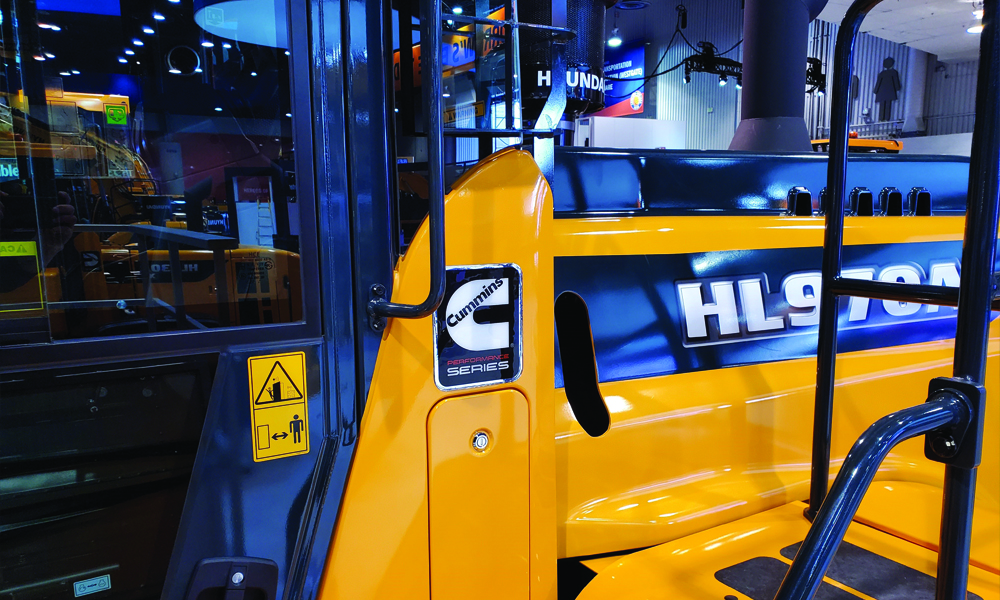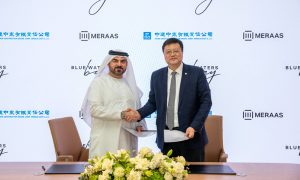Cummins becomes sole engine supplier for Hyundai CE’s heavy range
Performance Series units to power Korean company’s wheel loaders and excavators in the 100-512hp power range

Cummins has become the sole engine supplier to Hyundai Construction Equipment (HCE) for displacements from 3.8 to 12 litres covering the 100 to 512hp power range.
According to a statement from the global engine and power products maker, the move covers the Performance Series engines F3.8, B4,5, B6,7, L9 and X12 powering 25 construction installations.
Eric Neal, executive director of Cummins’ Global Off-Highway Business, said: “Hyundai Construction Equipment has been a strategic off-highway partner to Cummins for 30 years, and we value our continuing business relationship.
“Our Performance Series products were designed as global platforms. The engines meet the latest US EPA Tier 4 Final and EU Stage V ultra-low emissions levels and can be tailored to meet China CSIV and India BSIV regulations as well. This enables Hyundai to have simplified installations that drive economies of scale in their production and ease of servicing in the field.”
According to Cummins, its Performance Series engines deliver on average 20% higher torque and 10% more power across the range, enabling higher machine capability. The improved Single ModuleTM aftertreatment technology manages the particulate matter and NOx emissions more effectively, enabling EGR to be removed from the engines and making them lighter, more compact and easier to install.
“(Hyundai’s) ‘Powered by Cummins’ programme for wheel loaders and excavators pairs Performance Series power with the latest telematics to deliver true operational efficiency and value to their customers,” said Neal.
For telematics, Cummins Connected Diagnostics capability has been integrated into Hyundai’s Hi-Mate system. This includes the new Cummins Software Updates (CSU) feature, enabling remote software updates of engine calibrations. This provides customers with optimized and updated software for enhanced aftermarket support, improved serviceability, low TCO, and high uptime. The data gathered through the system will also support improvements for future product development.

























